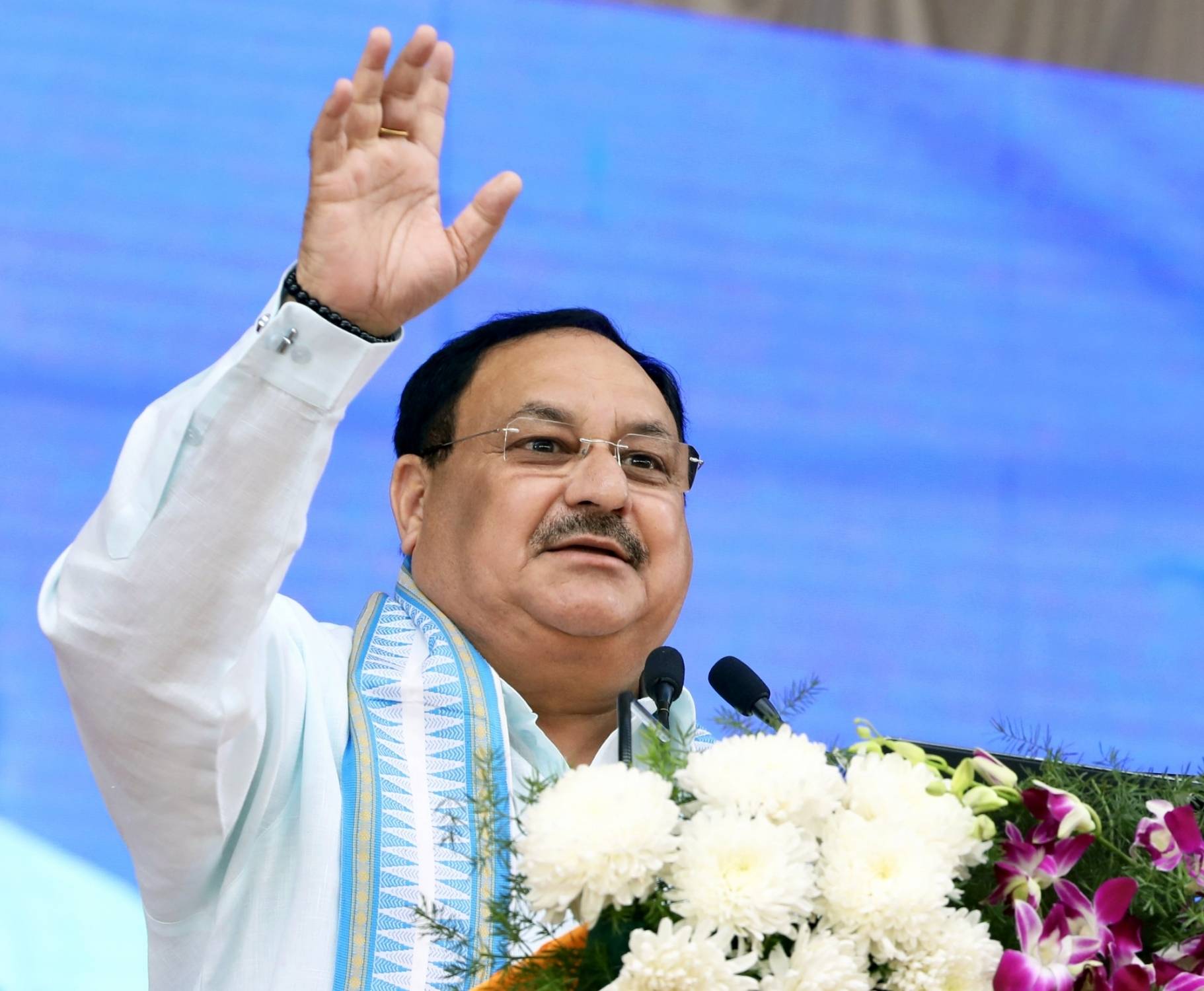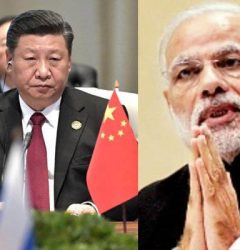The brutal killing of 20 Indian soldiers by Chinese army at LAC is an unprovoked aggression. It is certainly not a spontaneous skirmish which got escalated to brutal violence against Indian forces. The action at LAC clearly establishes a premeditated agenda of armed conflict by China against India. China is clearly drawing India into a prolonged military conflict along LAC, and there’s a possibility of more such violent incidents in the near term at all border areas to achieve their belligerent agenda.
Hillary Clinton as US Secretary of State in 2011 in Chennai, has spoken about a strategic vision of USA named ‘New Silk Road’, which would connect East with West. The objective as she stated was to expand trade through a well-connected corridor between West and East. However, this grand idea of USA never materialized beyond rough ideation.
Xi Jinping, the President of China after just one year of taking the highest executive office in China has announced his grand vision of connecting East with West through ‘Belt & Road Initiative’ [BRI], at a state visit to Indonesia and Kazakhstan in 2013. Unlike USA, China has begun the implementation right after the announcement.
BRI is touted as China’s singular push for unipolar global leadership involving massive infrastructure investments in over 130 countries and global organizations. BRI is considered as Xi Jinping’s career center piece and political legacy under construction since 2014.
The Belt & Road Initiative (BRI) is clearly not just a massive inter-regional connectivity push to rapidly increase export trade from China to the world, but it is essentially a super-highway to realize China’s ambition to unseat USA as the unipolar super power of the world. China by now has involved 138 countries and 30 international organizations to move this mammoth ambition forward.
China has already spent over USD 200 billion since 2013 BRI initiative and many hundreds of billions are secured for further investment into the largest project on earth, ever taken up by a single nation. On completion, this project would connect Asia with Europe, USA, Africa and Middle East through road, rail, sea and under-sea transport. The massive investments China has made already into some nations enroute highlights the ‘Debt-Trap Diplomacy’ model it is following to eventually own these national governments through life-long debt burden, bloated trade deficits and other forms of strong-arm measures.
India has been opposing BRI openly, as China-Pakistan Economic Corridor project (CPER), which is a big part of BRI violates international border laws and UN resolutions governing the Line of Control (LOC) between India & Pakistan. The BRI passes right through the Pakistan Occupied Kashmir (POK), running through Gilgit Baltistan from Kashgar in China to Gwadar port in Karachi. China has neither sought Government of India’s permission for its project nor it has taken India into confidence while it implemented BRI in cahoots with Pakistan, violating the territorial integrity of India.
China has literally taken over the Government of Pakistan with massive investments in the guise of BRI. Pakistan can clearly be termed as a China Colony from here on.
China’s strategic play in the guise of a trade corridor infrastructure project is clearly exposed with its utility of Pakistan in the region to corner India geographically. China’s investments into Pakistan establishes this fact.
Pakistan tops the list of BRI global investments from 2014 to 2018.
Here is the glimpse of China’s investments for BRI implementation from 2014:
Pakistan – USD 31.9 Billion
Singapore – USD 24.3 Billion
Nigeria – USD 23.2 Billion
Malaysia – USD 14.1 Billion
Bangladesh – USD 17.5 Billion
Russia – USD 10.4 Billion
Indonesia – USD 16.8 Billion
South Korea – USD 8.1 Billion
Egypt – USD 15.3 Billion
Israel – USD 7.9 Billion
UAE – 14.7 Billion
India since 2014 has been a thorn in the flesh for China. India initiating ‘Neighbors First’ & ‘Look East’ as an agenda for his new foreign policy doctrine was a clear counter measure to China’s expansionist agenda.
India’s unconventional leaning towards USA in both bilateral trade and military ties have raised red flags in Chinese administration. Isolation of Pakistan by sharp international diplomacy and engaging Middle East, West Asia to chop Pakistan’s relations in the region was a deft move by India.
The biggest blow to China came when India executed retaliatory strikes in Pakistan Occupied Kashmir (POK) against Pakistan’s misadventure in Pathankot. Unpresented military action through aerial surgical strikes by Indian Airforce in 2019 at Balakot inside Pakistan has certainly unnerved China.
China has realized the New India understands both tactical and strategic moves of China and can effectively counter them. India’s denial to participate in ‘Bangladesh – China – India – Myanmar Corridor’ (BCIM) and the subsequent cancellation of this part of BRI project has certainly upset China.
The brutal killing of 20 Indian army soldiers is the beginning of a new belligerent agenda of China to draw India into a long-term border confrontation. China realizes that a peaceful India is dangerous for its nefarious agenda to attain global hegemony, using trade and military strength.
China knows recapturing POK from Pakistan will be next on the strategic agenda of India. China also understands it cannot intervene in a military action against Pakistan by India to assert its territorial integrity. India’s victory, if it were to initiate such military action is a forgone conclusion.
China realizes India’s recapturing of POK will lead to imminent failure of BRI in the current form. China’s global ambitions have an undeniable link to the regional geo-political hold, especially in containment of India’s strength regionally and globally. China is in despair to avert a disastrous end to its ‘global hegemony project’ in the form of BRI.
China has unleashed its ‘Save BRI’ mission by drawing India into a border offensive. It will be prolonged, bloody and along several border points. It will also activate other sleeper cells it has invested into through BRI, all around India to engage it militarily. Nepal and Pakistan have already initiated their missions dictated by China at their borders with India.
India has never invaded any nation for expansionist agenda from time immemorial. It has not nurtured any ambition to be a uni-polar military super power leading the world.
However, India has well-trained, capable and motivated armed forces who know how to protect the territorial integrity of their nation, if challenged. India also knows how to fight multiple battles in multiple theaters across its borders, if it were to be drawn into such a scenario. China will certainly learn.










